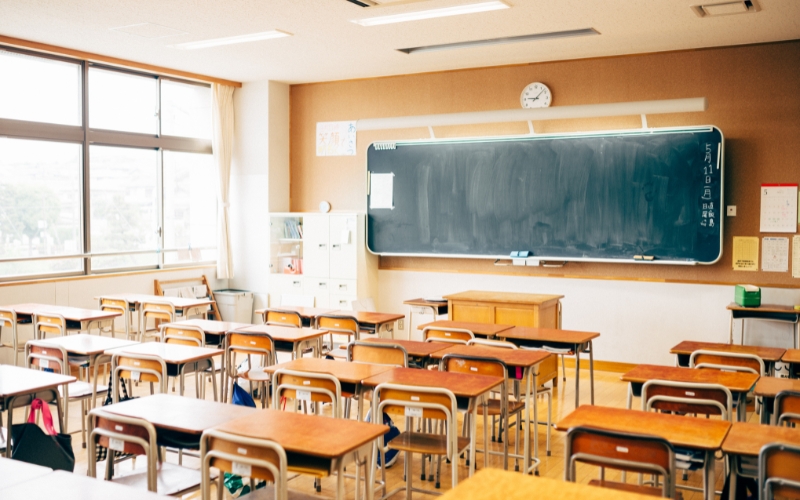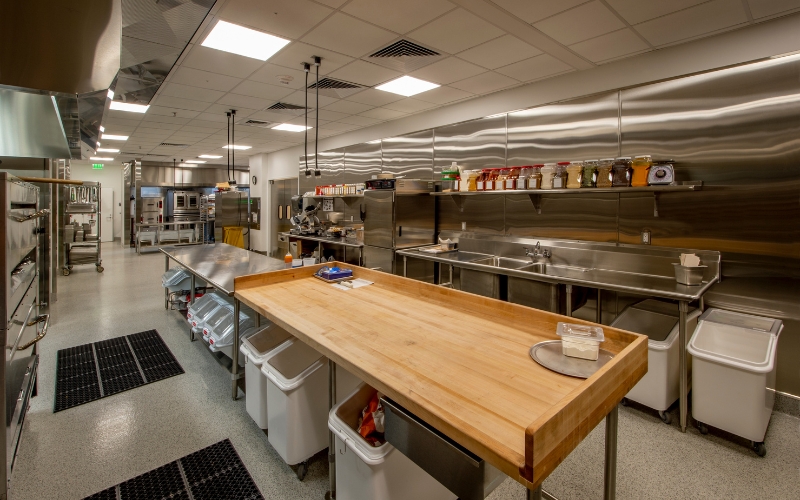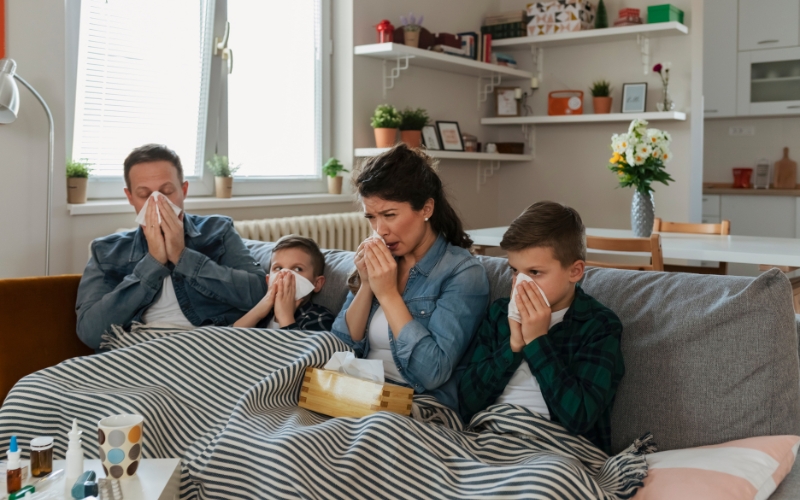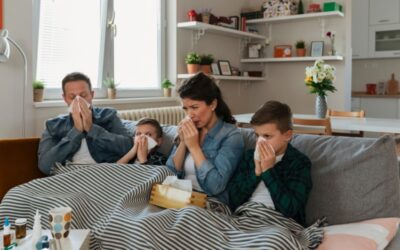A recent study published in Scientific Reports examined indoor air pollution and its impact on children’s health by analyzing data from six primary schools in Kigali, Rwanda. Researchers monitored indoor levels of particulate matter (PM2.5 and PM10) and found concentrations up to five times higher than the World Health Organization (WHO) limits. The study linked these elevated pollutant levels to significantly reduced lung function in students ages 8 to 15.
While the study took place in Rwanda, the implications resonate globally, especially in the United States, where indoor air quality (IAQ) in schools is an increasingly urgent concern.
Indoor Air Pollution and Children’s Health: A Widespread Issue
Children are more susceptible to the effects of poor air quality than adults. Their developing lungs and higher respiratory rates put them at greater risk from inhaled pollutants. According to the American Lung Association, indoor air pollution can trigger asthma, reduce lung function, and increase the likelihood of respiratory infections.
In the U.S., factors contributing to indoor air pollution include:
- Inadequate HVAC systems in aging school buildings
- The use of cleaning chemicals and maintenance supplies that emit volatile organic compounds (VOCs)
- Poor ventilation, especially in colder months
- Infiltration of outdoor pollutants, including vehicle emissions and wildfire smoke
A 2021 report from the U.S. Government Accountability Office revealed that over 41% of U.S. public school districts need to update or replace HVAC systems in at least half of their schools. That has a direct connection to IAQ—and, ultimately, student health and academic performance.
U.S. Schools Aren’t Immune to the Risks
Although the study’s data came from Kigali, its conclusions echo issues faced by U.S. students. Poor indoor air quality has been linked to absenteeism, decreased cognitive performance, and worsening symptoms of chronic conditions like asthma.
One study from Harvard University’s T.H. Chan School of Public Health found that improved classroom ventilation and air filtration correlated with better academic outcomes. The takeaway? Clean air matters—not just for health, but for learning.
Innovative Approaches to Cleaner Classroom Air
Improving IAQ doesn’t happen overnight, and many districts lack the resources to overhaul their ventilation systems completely. That’s why targeted solutions that can work within existing infrastructure are essential.
New technologies such as those that continuously reduce airborne and surface microbes are now being implemented across various industries. While not all are created equal, some systems are built to operate safely and constantly even in occupied spaces. These systems, including those powered by Synexis’ patented Dry Hydrogen Peroxide (DHP®), can quietly reduce contaminants such as bacteria, viruses, mold, and VOCs 24/7/365.
Used strategically, air purification systems can complement HVAC improvements and help create healthier indoor environments, without requiring complete system replacements. Schools benefit from fewer absences, fewer staff sick days, and a greater ability to maintain safe environments during respiratory illness seasons.
Policy, Community, and Parental Action
The path forward involves more than just hardware. It requires advocacy, funding, and public awareness. The U.S. Environmental Protection Agency (EPA) provides guidelines and tools to help schools improve air quality, but implementation varies widely by district and budget.
Parents and community leaders can advocate for:
- Regular IAQ assessments
- Transparent reporting on building health
- Use of proven, safe air cleaning technologies
- Grants and funding to modernize infrastructure
As awareness grows, so too does the expectation that schools will prioritize not just safety from external threats, but protection from the invisible threats in the air students breathe daily.
The Kigali study is a wake-up call, but not just for countries with fewer resources. The issue of indoor air pollution and children’s health is a global one, and the U.S. is far from immune.
The good news? We have the tools to do better. By investing in more innovative, safer air quality solutions and advocating for cleaner classrooms, we can protect the lungs and futures of the next generation.








